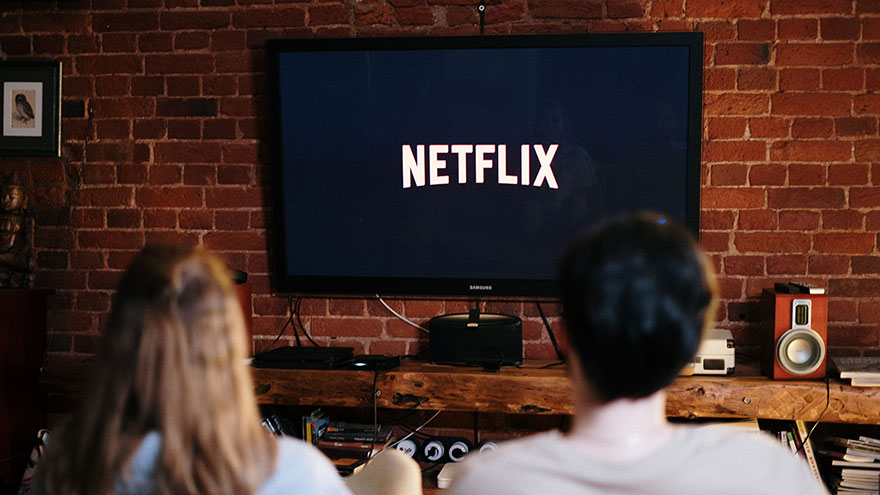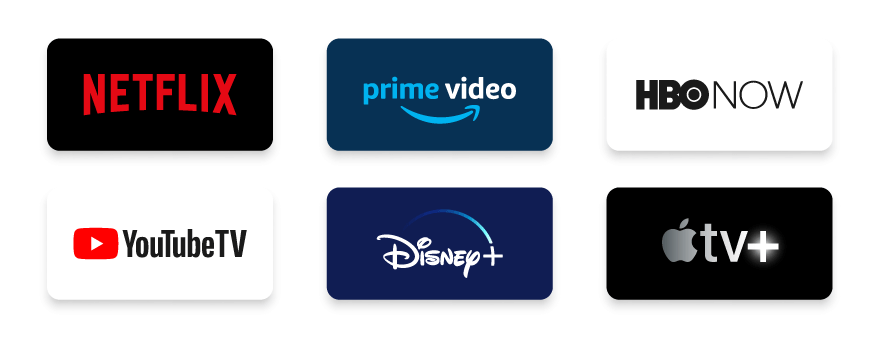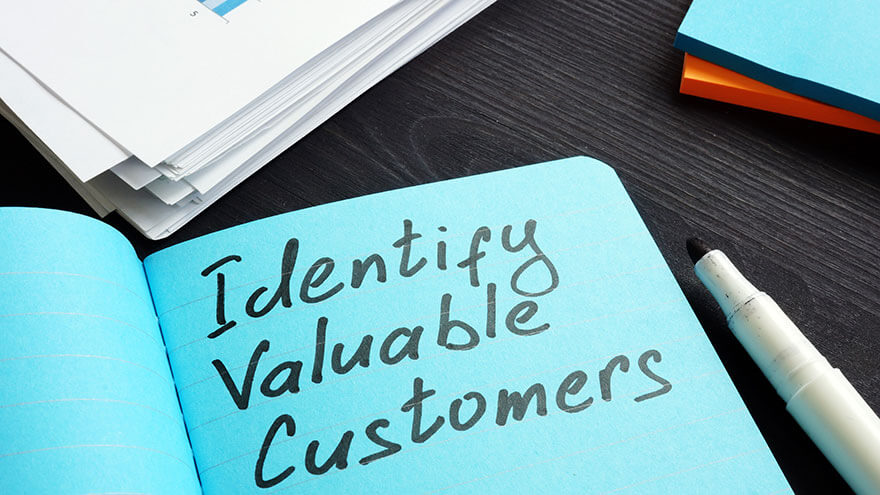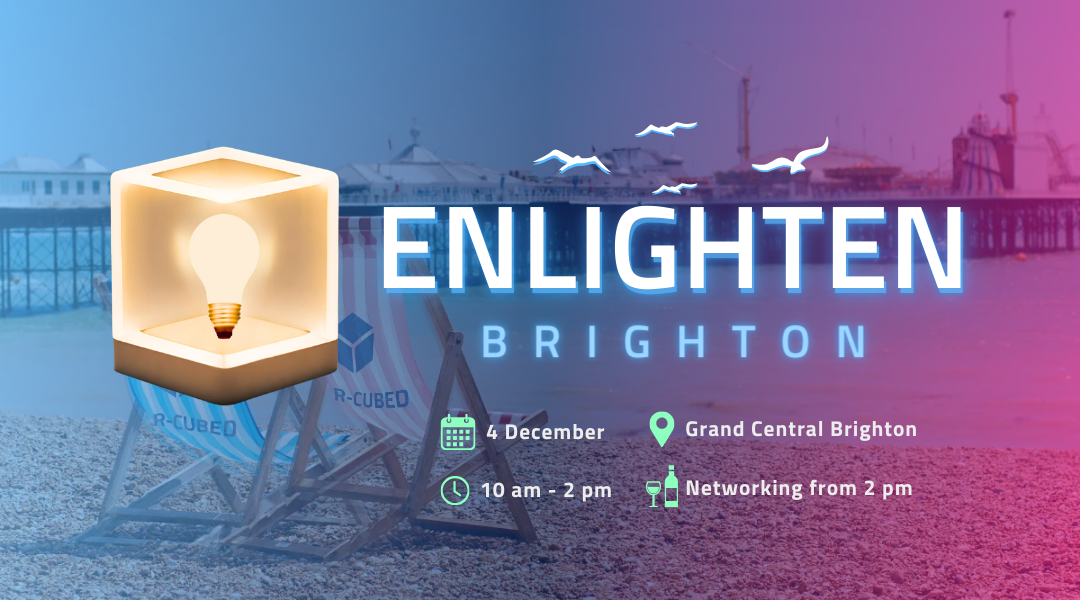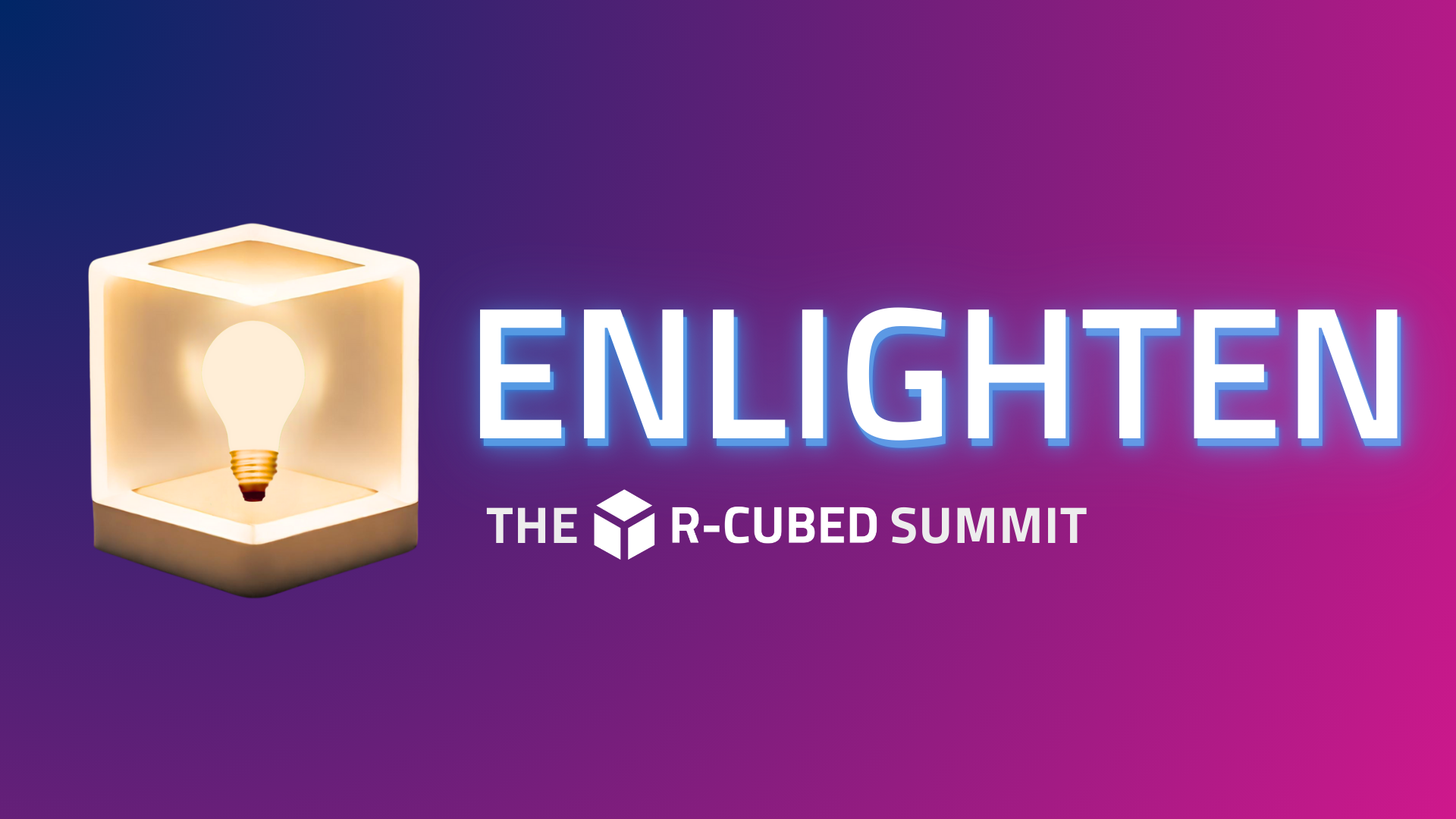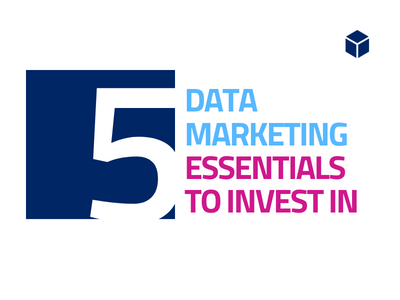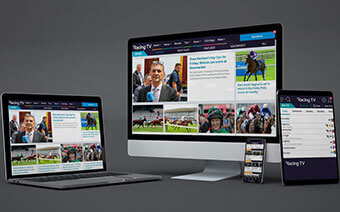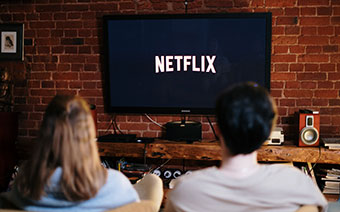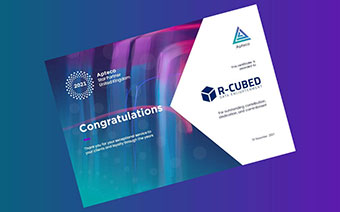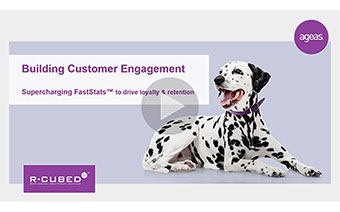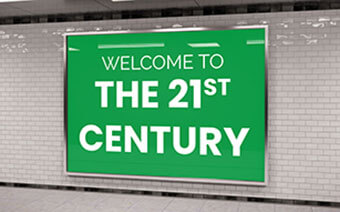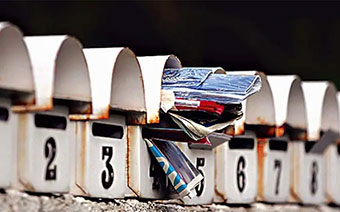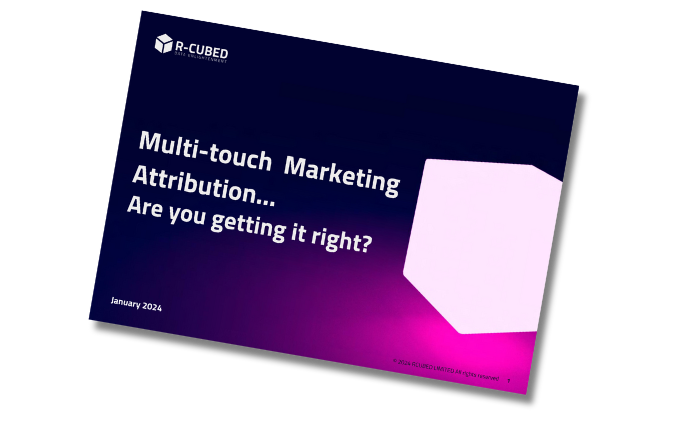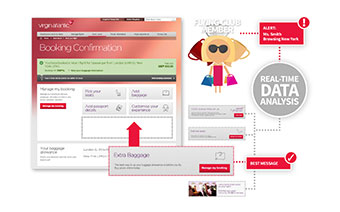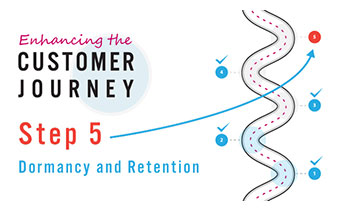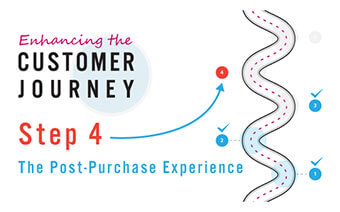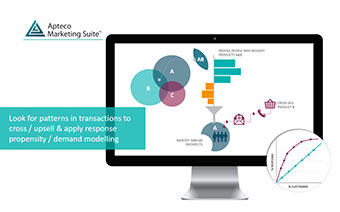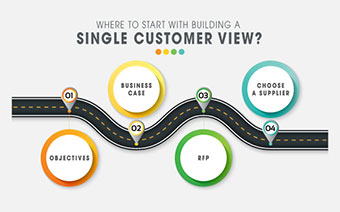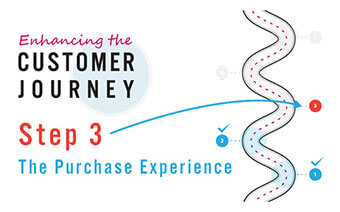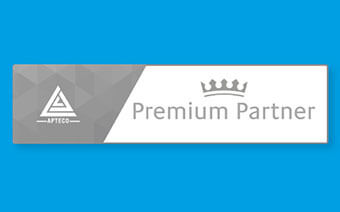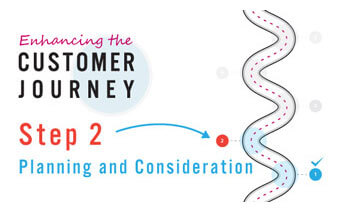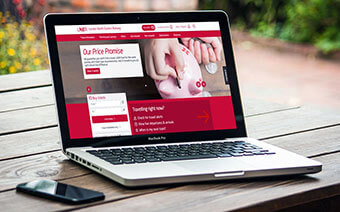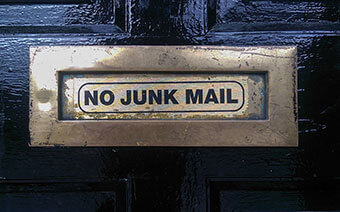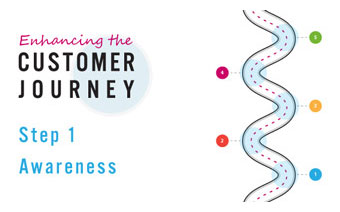There was lots of speculation over the reasons why, most of it general and vague. Increased competition, plan price increases, the cost of living. But if you’re really interested in keeping your customers, you need to look a lot deeper. You need to get right down to individual customer level.
When you’re in a high growth business, it’s easy to be indifferent about losing a few customers. Why worry about attrition when you have loads of new ones signing up as your product becomes more mainstream, not to mention a handy pandemic that has everyone sitting in front of their TVs twenty four hours a day? But there comes a point – as it appears to have done for Netflix – where those lost customers start to become a problem.
So what exactly is the art of customer retention? What exactly should you be doing to better understand and hold on to your customers?
Look for changes in engagement
Well, looking at changes in how customers interact with you would be a good start. Seeing engagement by individual should be relatively easy, assuming you have a Single Customer View. But it’s not just about who the heaviest users of your product are, but about changes in behaviour for each individual.
Look for those customers who are buying from you less. How long before they hit dormancy? And what can you do to prevent it? Are you just going to let them leave – or are you going to talk to them on a one to one basis and find out what will keep them?
If you can automate your comms through real-time, all the better. Real-time marketing tools are readily available, allowing you to get the right message, to the right person, at the right time.
But it’s not only reduced usage that you need to worry about. For example, in the case of Netflix, an increase in usage could also be a sign that someone is going to attrite. A customer who’s taken the decision to leave may dramatically increase their viewing as they try to finish the last few episodes of a series before another month’s payment is taken. Likewise, credit card companies often see sharp increases in spend before customers default. So consider what might count as disengagement in your own sector and learn to spot the signs before it’s too late.
The power of predictive modelling
The customers who leave you still have value, even if they’re not giving you money any more, so don’t delete them your database just yet.
Profile your lost customers. Who were they? What were their characteristics? Identify the common features and then look for similar profiles in your remaining customers. It might be age, location, or a change in lifestage. With the right analysis, you can uncover the behaviours and characteristics that could predict propensity to leave.
Your analysis will identify all the drivers of future engagement and value and their triggers. You can then create a predictive model to identify those most at risk. Focus your marketing efforts on retaining those who will take the greatest value from you when they go.
And make sure you have your trigger comms ready. Messages should be automated so they’re reaching the right people at exactly the right time, without the need for slow manual execution.
Save those abandoned baskets
Customers who browse but don’t checkout present an opportunity to both better engage them and to make a sale.
If you have Netflix, you’re probably familiar with scrolling through category after category, yet still not finding anything that takes your fancy and you eventually give up. It’s the equivalent of customers filling their baskets and not checking out. They’re both indicative of customers who kind of like you, but there’s something stopping them from committing. If they do it too often, you might lose them completely.
So don’t just shrug and let them go, even if you’re gaining lots of new customers. Talk to them. Remind them of why they’ll like your product. Offer an incentive. But don’t just hold the door open for them while they wander off to spend their money elsewhere.
Talk to me like you know me
We’ve never had as much data as we do now. Names, addresses, emails, phone numbers, devices, browsing history, purchases and returns, every single action by time of day and location. The list is almost endless. But if you’re not using all this data to have relevant conversations with your customers, what on earth are you collecting it for?
Many companies are still sending one-size-fits-all comms to their customers. Focus in on what each customer wants. It’s something that Netflix do very well, with their streams of data about programmes watched, on what devices, at what time and so on. Every user’s home page is different, based on their habits and preferences.
And don’t forget to personalise your comms. If you know someone’s name, use it. If you know what they like to buy, acknowledge it. We all want to be recognised, so don’t annoy your customers by treating them as nothing more than an email address. And never, ever begin with ‘Dear Customer’.
Don’t forget about your competition
A SCV is great when it comes to showing you how your customers interact with you, but it doesn’t show interactions with your competitors. Netflix don’t operate in a bubble. They know that their customers are also using the likes of Sky, Apple and Disney, so they need a competitive proposition.
Consumers have a finite budget and if they’re spending more elsewhere, then they’re going to spend less with you, so make sure you know how your value model compares.
You don’t have to be the cheapest but you have to offer something that others don’t. Maybe you have all the latest films. Maybe you have the slickest interface. Maybe you’re ad-free. Or maybe you’re just free, full-stop, and you get your revenue from ads.
Always make sure that you’re giving customers a good reason to choose you over the competition, especially as a time when household budgets are being trimmed.
Not all customers are equal
Who are the 200,000 customers that Netflix have lost? The £6.99 per month customers? Or the £15.99 customers? We’ve yet to find out, but it makes a big difference. In fact, a difference of up to £1.8 million a month.
Which brings us to the question of whether all your customers actually worth saving? What about the low value, low frequency ones who return a lot of their purchases and tie up your customer services line every month? What about the late payers who need chasing every month?
Don’t waste time and money in trying to get customers back who are actually draining your profit, or at best, contributing very little.
Be pragmatic – you can’t win ‘em all
Attrition is a fact of life. You’re going to lose customers and you can’t win them all back. So make sure you have a robust value model that ranks every customer – both current and predicted value.
Direct your efforts to your most valuable customers and those most in danger of leaving you.
Meet Your Customers
Finally – talk to your customers. They know what they like and what they don’t and you can’t always get that from the data.
Technology has brought us closer to the customer in so many ways, letting us view their smallest interaction. Yet we’ve also allowed it to become a barrier between us. We know so much about our customers that we’ve forgotten to actually talk to them.
Ask your departed customers why they left you, what you could do better. Ask your current customers what they like about you and how they rate you against your competitors.
And if you want really want get to know your customers, run focus groups. When you meet your customers face to face, it gives you an insight that you just don’t get from the numbers.
So what’s the key takeaway? Don’t be complacent about your customers.
Put in the work to understand the key drivers of engagement and create a model to identify your most vulnerable customers.
Create automated trigger messages, directed to your highest value and most at-risk customers. Keeping your customers is both easier and cheaper than getting new ones, especially in a mature market.
And if you want to kick-start your customer understanding with a fast, independent and amazingly insightful view of your customers, why not take advantage of a ‘Meet Your Customers’ project? We’ll help you highlight the gaps and opportunities that help answer key questions that have been stopping your business from attracting more of the right customers or from plugging a leaky retention bucket. It’ll highlight opportunities which we guarantee will be worth a small fortune.
Whatever your data problems, we’re always happy to talk – just get in touch.

